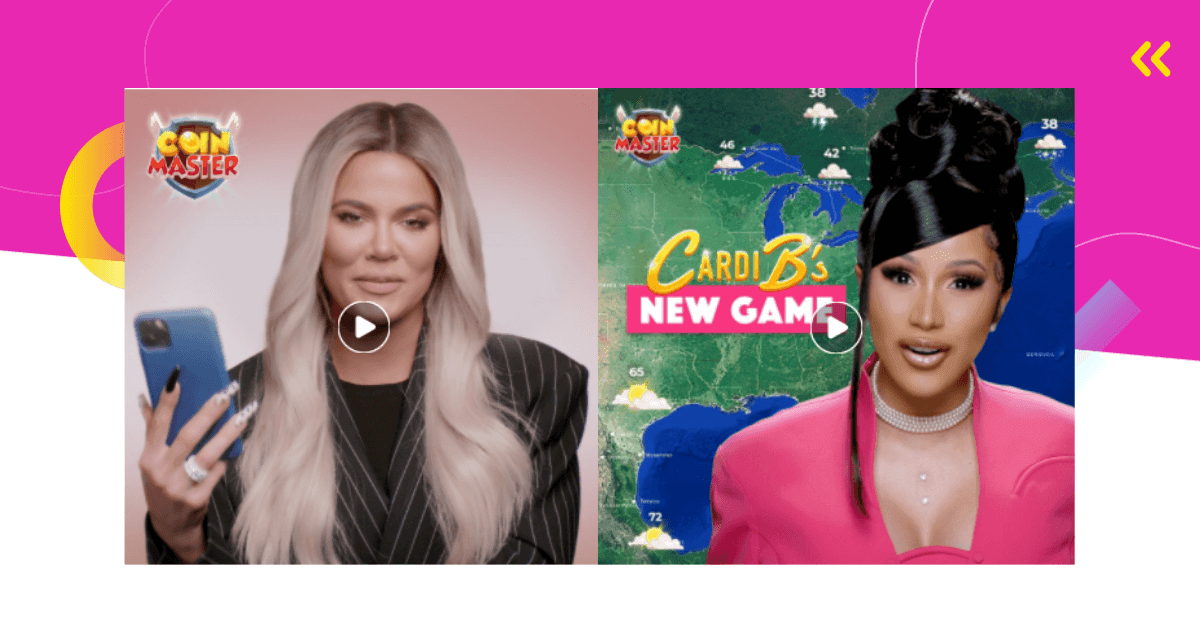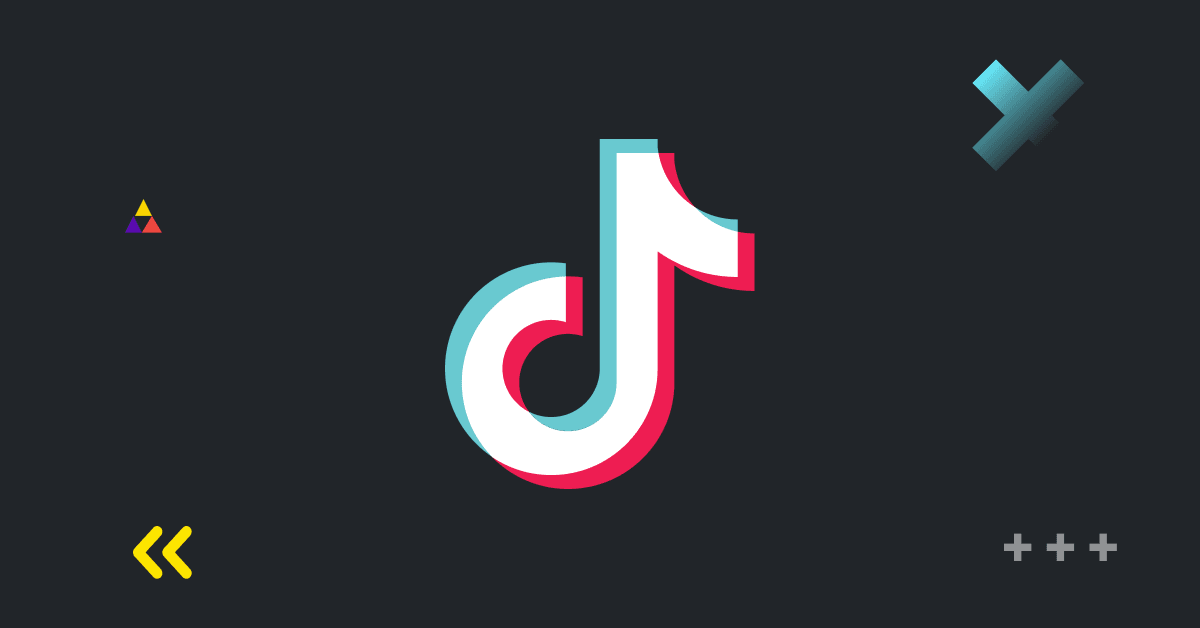Learn about user segmentation and why it’s essential for mobile marketing.
What Is User Segmentation?
User segmentation is a powerful tool for any business that wants to understand and engage its customer base more effectively.
Simply put, user segmentation is the process of dividing users into smaller groups or cohorts based on specific criteria such as their behavior, demographics, preferences, or purchase history.
For example, you might segment your users by age, location, or spending patterns. This strategy allows you to create marketing campaigns that match the needs and interests of each group.
By doing so, you can create more personalized experiences that resonate with your audience, leading to an increase in various metrics like impressions, conversions, installs, purchases, etc.
Let’s explain user segmentation with an example.
Imagine you own a mobile app designed to help users track and improve their fitness routines. Using user segmentation, you could analyze how different users engage with your app—some might be beginners looking for guidance, while others could be seasoned athletes tracking their performance.
For beginners, you might create motivational content and beginner-friendly workout plans to keep them engaged and progressing. For seasoned athletes, you could offer advanced analytics on their performance and personalized recommendations to optimize their training.
This approach not only keeps users coming back but also encourages them to use your app as a crucial part of their fitness journey.
Types of User Segmentation
There are different types of user segmentation you can use – the ones you choose depends on the type of business you have.
Demographic Segmentation
Demographic segmentation refers to grouping users based on demographic information such as age, gender, education, occupation, or income.
It’s useful for targeting products and services that are designed for specific age groups or economic brackets.
Geographic Segmentation
In the geographic segmentation model, users are divided based on their location, which can be as broad as a country or as specific as a neighborhood.
This type of segmentation is particularly useful for businesses that offer location-based services or products and can be crucial for regional marketing strategies.
Psychographic Segmentation
The psychographic segmentation method segments users based on their lifestyles, interests, attitudes, and values. It’s great for creating highly personalized marketing messages that resonate on a deeper level with your audience.
Behavioral Segmentation
Behavioral segmentation segments users based on their behavior within the app or website, such as purchase history, user status (new vs. returning), engagement level, and product usage frequency.
It helps in understanding user habits and preferences, which can inform strategies to boost engagement and retention.
Technographic Segmentation
With this type, users are categorized based on the technology they use—such as the type of device (mobile vs. desktop), operating system, or browser. This information can be crucial for optimizing app performance and user experience across different platforms.
What Are The 5 User Status Segments?
The five user status segments typically include:
- New Users: Individuals who have recently signed up or downloaded your product.
- Engaged Users: Users who interact with your product frequently and show a high level of activity.
- At-Risk Users: Users who show signs of reduced engagement and activity, indicating they might stop using the product soon.
- Churned Users: Users who have stopped using the product altogether.
- Reactivated Users: Former users who have returned to the product after a period of inactivity.
How to Do User Segmentation?
Understanding the process of user segmentation is best with an example. Let’s say you have a mobile gaming app and want to use different types of user segmentation to boost user acquisition, engagement, and app revenue.
1. Define Your Objectives
Before you start segmenting your users, it’s crucial to know what you aim to achieve.
In the context of a mobile game, your objectives might include getting more users, increasing in-game purchases, boosting player retention, or enhancing user engagement with new content.
2. Collect Data
Gather as much data as you can about your users. This involves tracking in-app behavior, collecting demographic information through sign-ups, and perhaps using surveys to get additional insights into player preferences and lifestyles.
Example: In a mobile game, you might track which levels are most played, purchase histories, or how frequently players log in.
3. Analyze the Data
Once you have your data, analyze it to identify patterns or common characteristics that can form the basis for segments. Look for trends like common drop-off points, similarities in spending behavior, or demographic trends.
Example: You might find that players under 25 are more likely to buy cosmetic items in your game, while older players spend more on boosts that enhance game performance.
4. Create Segments
Based on your analysis, create segments that reflect significant differences in behavior, preferences, or needs. Ensure that these segments are meaningful for your objectives and will help in tailoring your strategies effectively.
Example: One segment could be Competitive Players who play more than 2 hours daily and frequently engage in PvP (Player vs Player) modes. Another might be Casual Players who play sporadically and prefer solo missions.
5. Implement Strategies for Each Segment
Develop targeted strategies for each segment. This means creating customized content, marketing messages, and potentially different monetization strategies that cater to the needs and behaviors of each group.
Example: For Competitive Players, you might regularly introduce new competitive levels or ranking systems. For Casual Players, ensuring there are enjoyable, stress-free gaming moments that can be completed in shorter sessions might be more effective.
6. Evaluate and Adjust
Finally, monitor the performance of your segmented strategies. Look at how each segment is responding and adjust your approach as necessary. This could involve refining your segments, tweaking your campaigns, or even revising your overall segmentation strategy based on new data.
Example: If you notice that a segment isn’t engaging with the targeted campaigns as expected, you might need to conduct further analysis to understand why or redefine the segment criteria.
Final Thoughts on User Segmentation
My final advice is to always stay flexible and responsive—your user segmentation strategies should evolve as your understanding of your audience deepens.







Comments